They once graced family tables, bustling markets, and foraging baskets worldwide, offering flavors far richer than your everyday apples and bananas. These 15 unique fruits were daily staples, sustaining generations with their bright tang, creamy textures, and bursts of wild sweetness. Yet over time, they slipped quietly into obscurity—pushed aside by global trade, shifting tastes, and modern farming. Some vanished because they ripen too quickly for shelves, while others faded as cities swallowed their habitats. Ready for a flavorful detour? Discover the forgotten fruits that once nourished the world and learn why these vibrant gems deserve a second chance.
1. Medlar
Once prized across medieval Europe, medlars required a special ripening process called ‘bletting’ – essentially controlled rotting – before becoming edible. The brown fruit’s flesh transforms into a cinnamon-spiced applesauce consistency that delighted aristocrats and peasants alike.
Shakespeare even referenced medlars in his plays, showing how commonplace they were. Their decline began when faster-ripening fruits gained popularity, as few modern consumers have patience for fruit that must decompose before eating.
Gardens at historical estates still maintain medlar trees as living museums of past culinary traditions.
2. Pawpaw
Hidden in eastern woodlands grows North America’s largest native fruit. Pawpaws boast creamy custard-like flesh with flavors reminiscent of banana, mango, and vanilla all swirled together in nature’s perfect dessert.
Indigenous peoples and early settlers relied on these nutritious fruits, and even George Washington enjoyed pawpaws for dessert. Their rapid spoilage (lasting just 2-3 days after ripening) made them impossible to ship commercially.
A small renaissance is underway as farmers markets and food enthusiasts rediscover this tropical-tasting treasure growing wild in deciduous forests from the Great Lakes to the Gulf Coast.
3. Sea Buckthorn
Bright orange berries clinging to thorny branches once provided crucial winter nutrition across Northern Europe and Asia. Sailors in ancient Greece used sea buckthorn to keep crews healthy during long voyages, giving rise to its scientific name Hippophae, meaning ‘shining horse.’
These tart berries pack more vitamin C than oranges and were regular ingredients in traditional medicine. Their sharp, acidic flavor made them challenging to eat fresh, usually requiring processing with honey or sugar.
Modern consumers seeking easier options gradually abandoned these nutrient-dense berries despite their impressive health benefits.
4. Mulberry
Children once eagerly climbed mulberry trees each summer, returning home with purple-stained hands and faces as evidence of their sweet harvest. These juicy berries grew abundantly across North America, Europe, and Asia, providing free food that required no cultivation.
Beyond human consumption, mulberries fueled the ancient silk industry by feeding silkworms. City planners eventually declared mulberry trees nuisances due to their messy fruits staining sidewalks and clothing.
Many municipalities banned new plantings, while existing trees were removed, effectively erasing this once-common fruit from urban landscapes and cultural memory.
5. Loquat
Originating in China, these small golden fruits ripened in early spring when few other fresh options were available. Loquats offered a unique flavor combining peach, citrus, and mild mango notes wrapped in easily peelable skin.
Families throughout Asia, the Mediterranean, and later California and Florida relied on loquat trees in their yards for seasonal treats. Their early ripening season made them commercially impractical – they matured when markets still focused on stored winter produce.
Global shipping eventually brought year-round fruit variety, eliminating the special anticipation of loquat season and reducing their cultural significance despite their delightful taste.
6. Rose Apple
Imagine biting into a crisp, watery fruit while inhaling the aroma of fresh roses. Rose apples captivated the senses with their floral fragrance and subtle sweetness, becoming beloved treats across tropical Asia and later the Caribbean.
Children would collect these bell-shaped fruits on their way home from school, enjoying their refreshing crunch during hot afternoons. Unfortunately, the rose apple’s susceptibility to fruit flies made commercial cultivation challenging.
When the devastating citrus greening disease threatened commercial orchards, many countries restricted rose apple trees as potential disease hosts, effectively removing them from agricultural landscapes and everyday diets.
7. Jujube
For over 4,000 years, jujubes sustained populations across Asia with their sweet, date-like flavor and impressive nutritional profile. Fresh jujubes offered apple-like crispness, while dried ones developed a chewy caramel quality perfect for winter storage.
Traditional Chinese medicine incorporated these fruits into countless remedies for everything from insomnia to digestive issues. Jujube trees thrived in harsh conditions where other fruit trees failed, making them reliable food sources during difficult times.
As international trade expanded and refrigeration became common, these durable fruits lost their practical advantage to flashier, juicier options that once couldn’t survive long journeys.
8. Barberry
Ruby-red barberries once brightened European and Middle Eastern cuisine with their distinctive tart flavor. These small berries added acidic punch to meats, preserves, and confections before lemons became widely available.
Rich in vitamin C, barberries helped prevent scurvy during winter months when fresh produce was scarce. Their culinary reign ended abruptly when scientists discovered barberry bushes could harbor wheat rust, a devastating grain disease.
Farmers uprooted barberry hedges across agricultural regions, and government programs in the early 1900s actively eradicated them. Though still used in Persian cuisine, these once-essential berries have vanished from most Western food traditions.
9. Nance
Across Central America, small yellow nance fruits created a cultural cornerstone through their unique aroma – somehow combining cheese and fruit scents into something uniquely appealing. Indigenous communities fermented nance into alcoholic beverages for celebrations and religious ceremonies.
The fruits grew wild in forests and were later cultivated in home gardens, providing reliable nutrition when other crops failed. Urbanization gradually separated people from nance-growing regions, while younger generations developed preferences for imported fruits.
Today, nance appears occasionally in local markets but remains unknown to most of the world despite once being essential to daily life in tropical America.
10. Wild Persimmon
Native Americans introduced early European settlers to the sweet pleasure of wild persimmons after the first frost transformed their astringent flesh into nature’s candy. Unlike their larger Japanese cousins found in supermarkets today, these small orange fruits were gathered from forests throughout eastern North America.
Families marked their calendars for persimmon harvesting days, collecting enough to make persimmon puddings, breads, and beer. Their natural sweetness provided rare sugar-like flavors in an era before refined sugar was common.
As cultivated fruits became more accessible and wild spaces diminished, knowledge of finding and properly ripening these woodland treats gradually faded from common experience.
11. Cloudberry
Resembling amber-colored raspberries, cloudberries grow in boggy northern landscapes where few other fruits survive. Nordic and indigenous Arctic peoples treasured these rare berries for their unique honey-like flavor that brightened long winter months.
Gathering cloudberries became important cultural events, with families traveling to secret picking locations passed down through generations. Their high vitamin C content prevented scurvy in harsh northern environments where fresh produce was scarce for much of the year.
Climate change now threatens traditional cloudberry habitats, while commercial development drains the wetlands they require, making these once-vital berries increasingly rare and prohibitively expensive.
12. Custard Apple
Before refrigerated shipping transformed global fruit markets, custard apples reigned supreme in tropical regions. Their creamy white segments offered ice cream-like texture with complex sweet flavors that made them centerpieces of local cuisines.
Markets throughout South America, Africa, and Asia displayed piles of these green scaly fruits, which customers selected carefully for perfect ripeness. Their delicate nature made them impossible to ship long distances, creating deeply regional food traditions centered around fresh consumption.
As hardier fruits gained global distribution networks, custard apples remained stubbornly local, gradually losing cultural prominence as imported apples and oranges became status symbols of modern consumption.
13. Serviceberry
Native American tribes watched for serviceberry blossoms as signals to begin spring fishing seasons, giving these fruits their alternate name “shadbush.” The sweet purple-blue berries resembling blueberries appeared just as winter food stores ran low, offering welcome fresh nutrition.
Early settlers incorporated serviceberries into pemmican, pies, and preserves, celebrating their arrival as proof they’d survived another winter. Their name allegedly derives from their ripening coinciding with when circuit-riding preachers could resume travel for funeral “services” after winter.
As cultivated berries with longer shelf lives became widely available, knowledge of identifying and harvesting these abundant wild fruits gradually disappeared from common knowledge.
14. Salak
Protected by scales resembling snake skin, salak fruits concealed crisp, sweet flesh that became dietary staples throughout Indonesia and Malaysia. Their unique texture – simultaneously crunchy and tender – paired with a flavor profile hinting at pineapple and apple made them market favorites.
Villagers cultivated salak in agroforestry systems, harvesting the fruits year-round from the spiny palm plants. Children learned to expertly peel away the scaly skin without pricking their fingers on the plant’s numerous thorns.
Export limitations due to their short shelf life kept salak regionally confined, and changing land use gradually reduced traditional growing areas as more profitable crops took precedence.
15. Soursop
Beneath the intimidating spiky green exterior of soursop hid creamy white flesh that combined strawberry and pineapple flavors with subtle citrus notes. Throughout tropical America and later Africa, families prized these large fruits for both culinary and medicinal purposes.
Traditional healers prescribed soursop for ailments ranging from fever to parasites, while cooks transformed them into refreshing drinks and desserts. The trees produced abundantly in home gardens, providing food security for families across multiple generations.
Commercial agriculture largely bypassed soursop due to the fruit’s fragility and short shelf life, while pharmaceutical interests in its medicinal compounds never translated into sustainable market support.
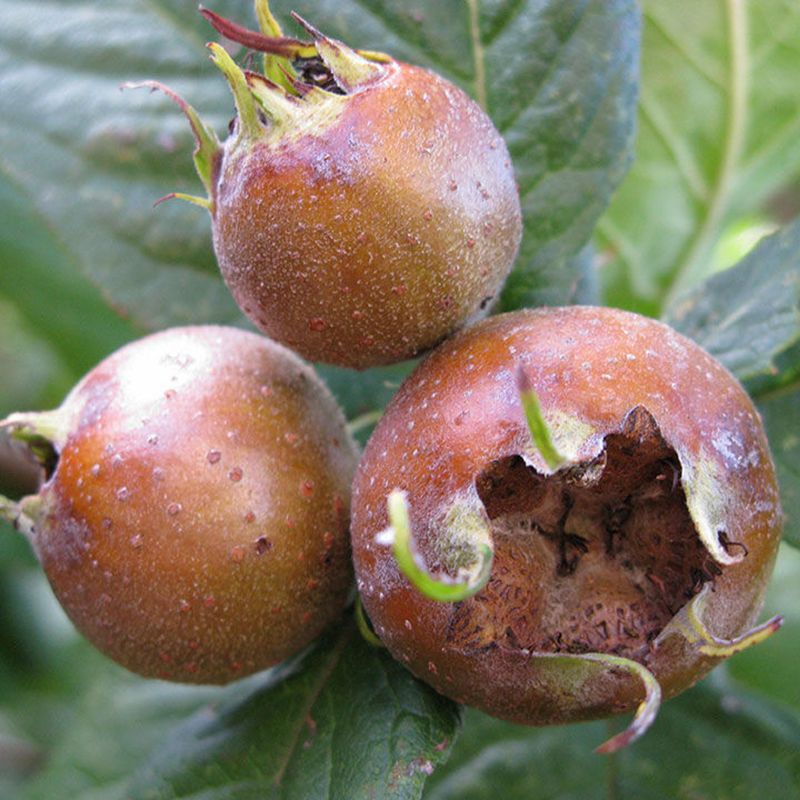
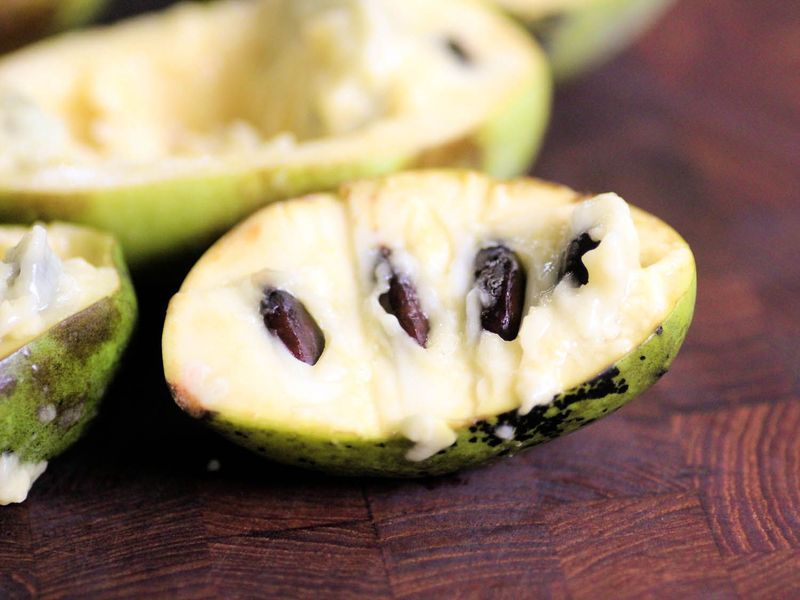

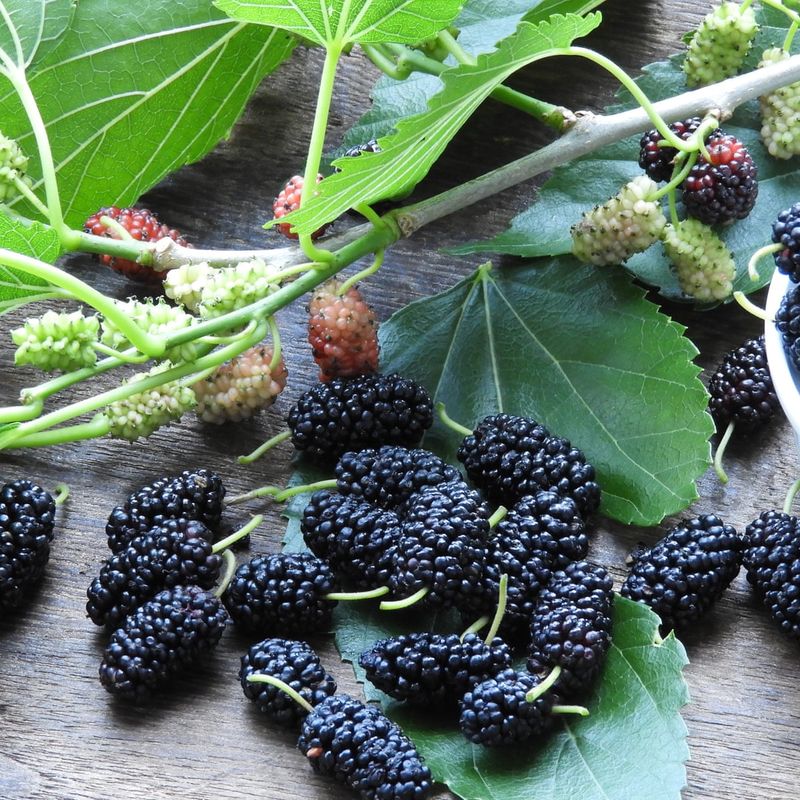
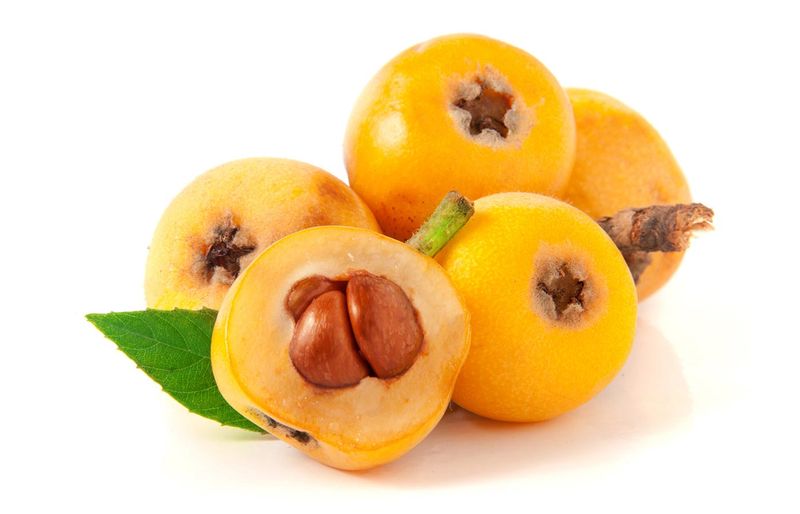
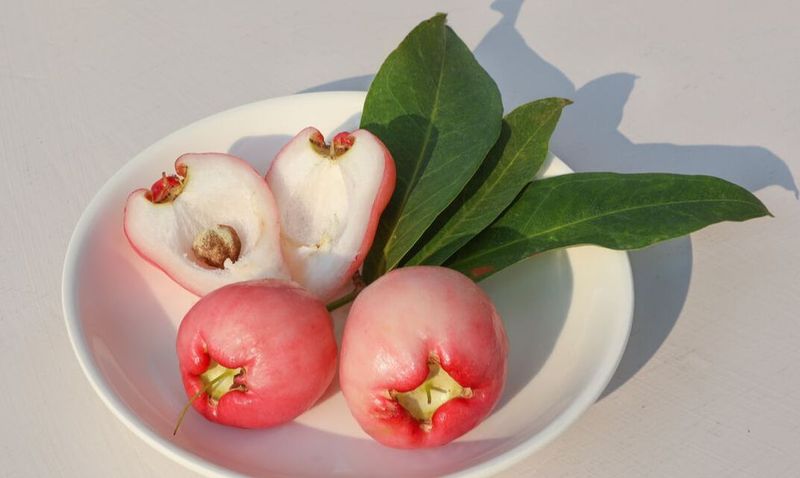
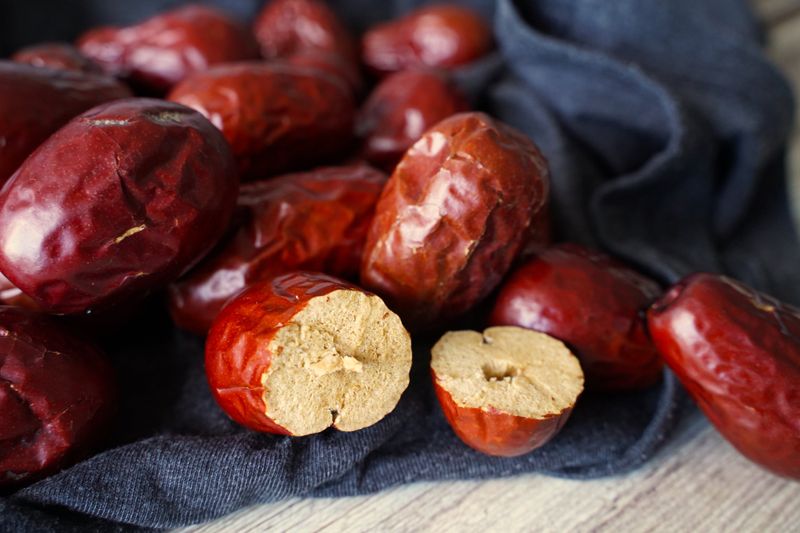
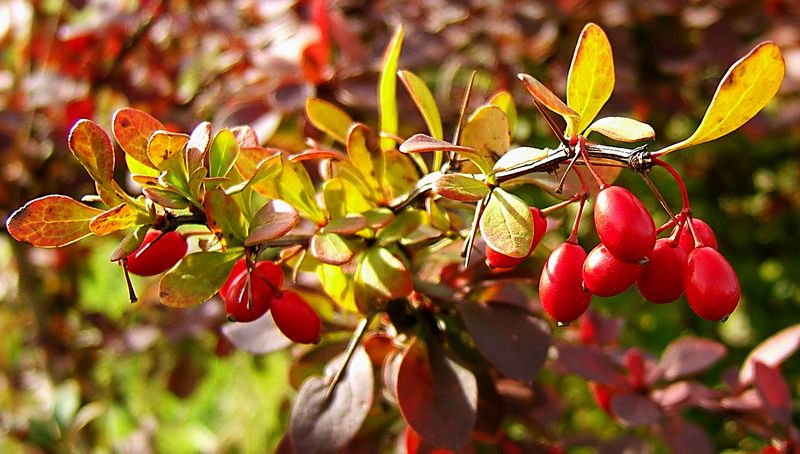
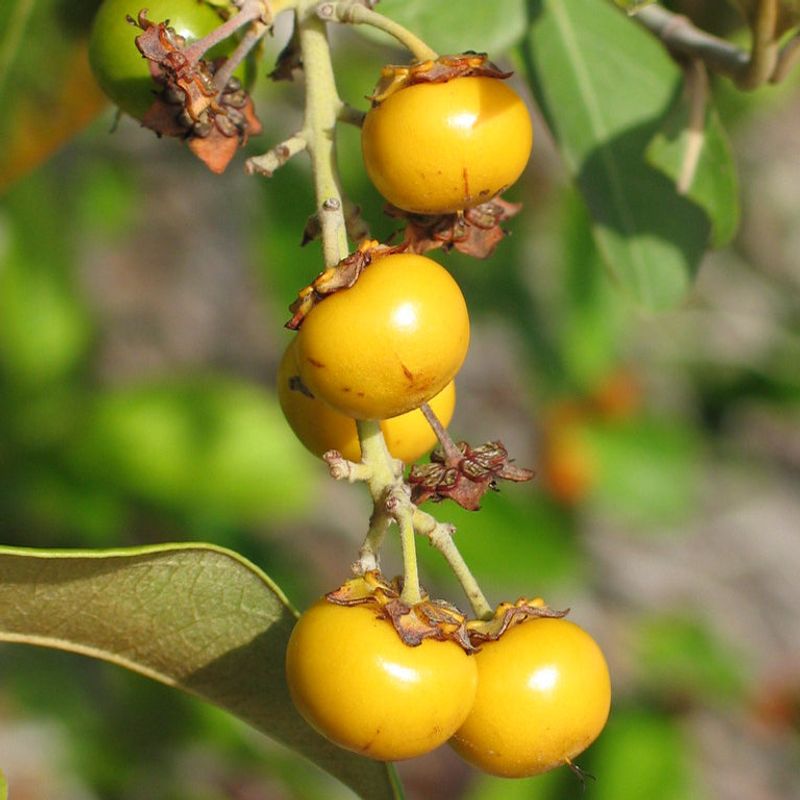
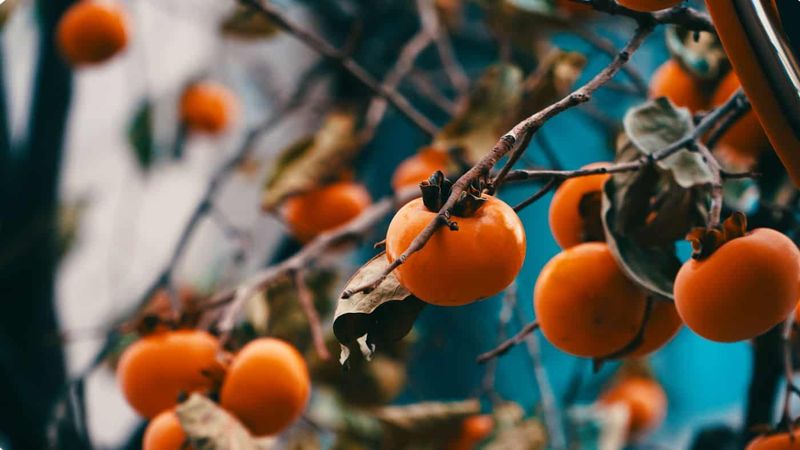
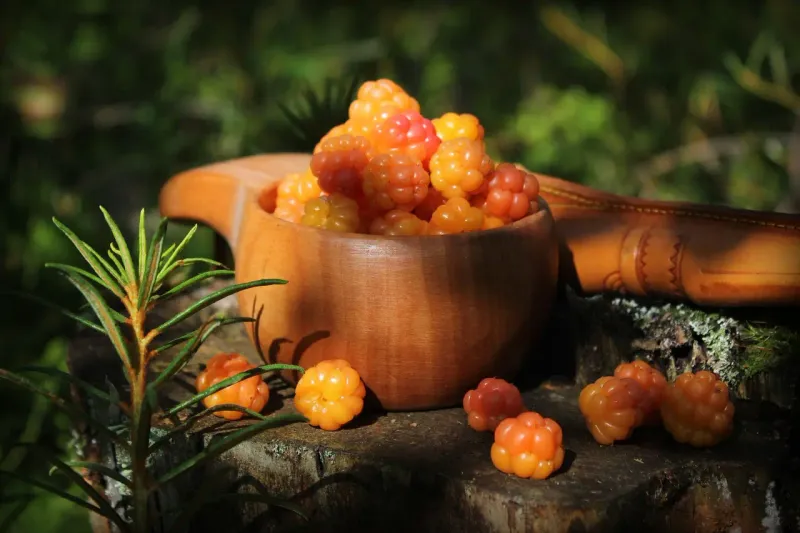
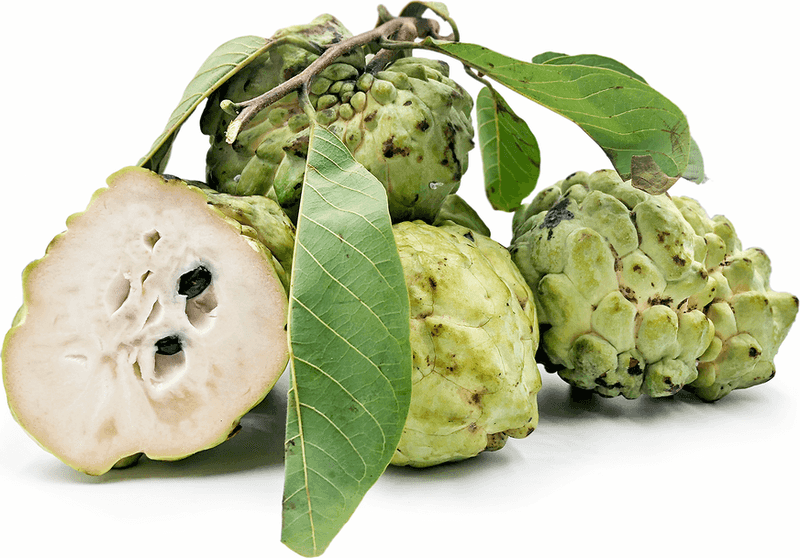
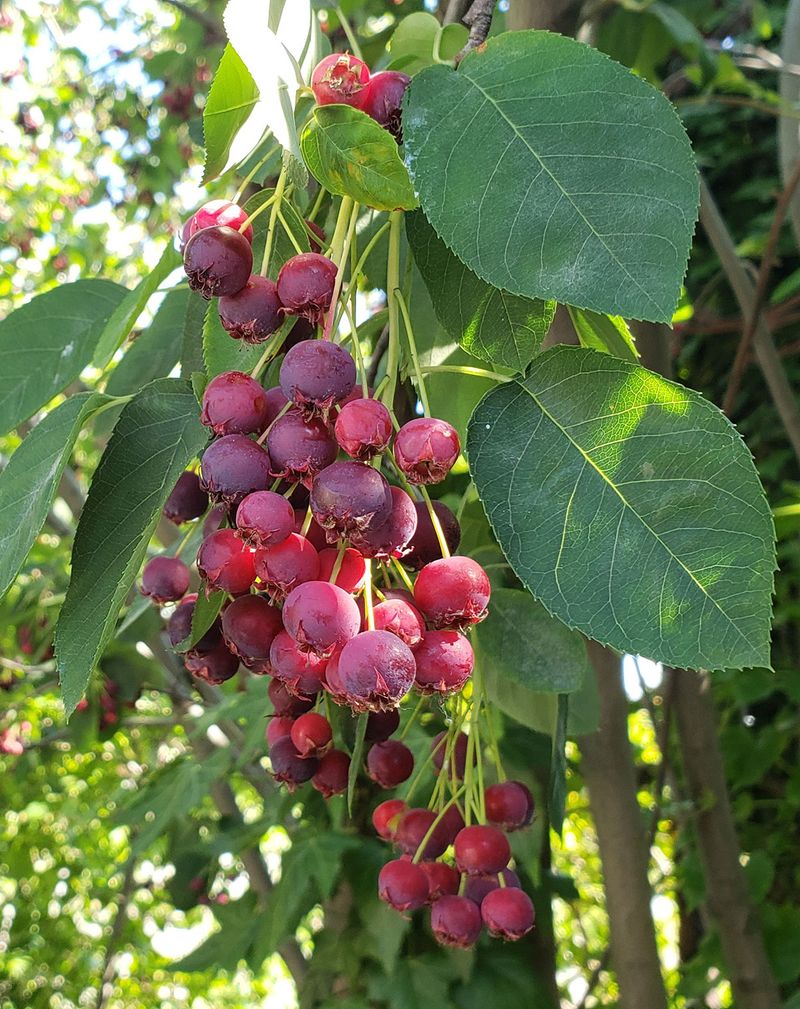
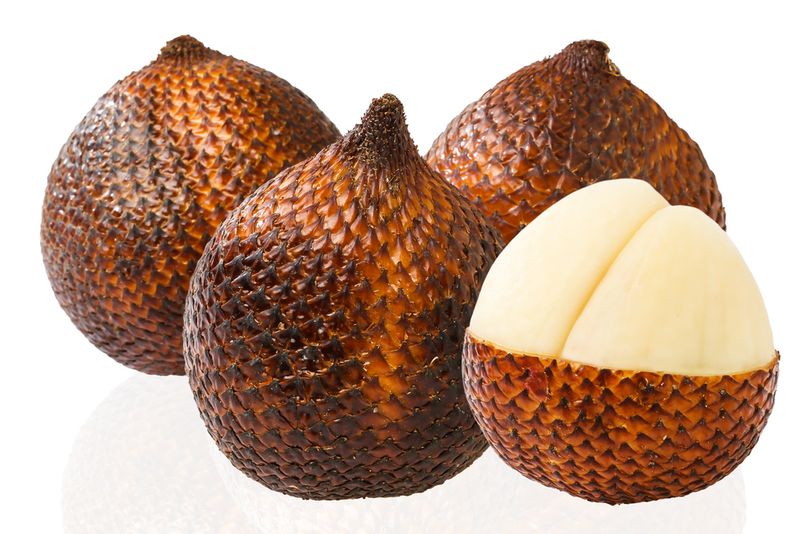
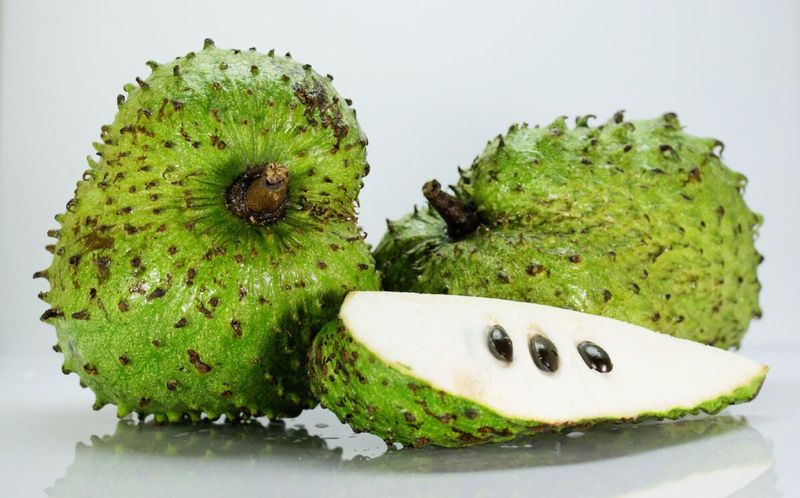
Leave a comment